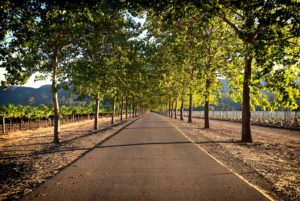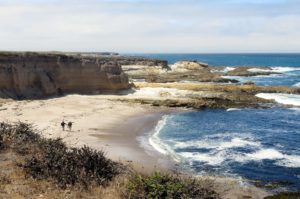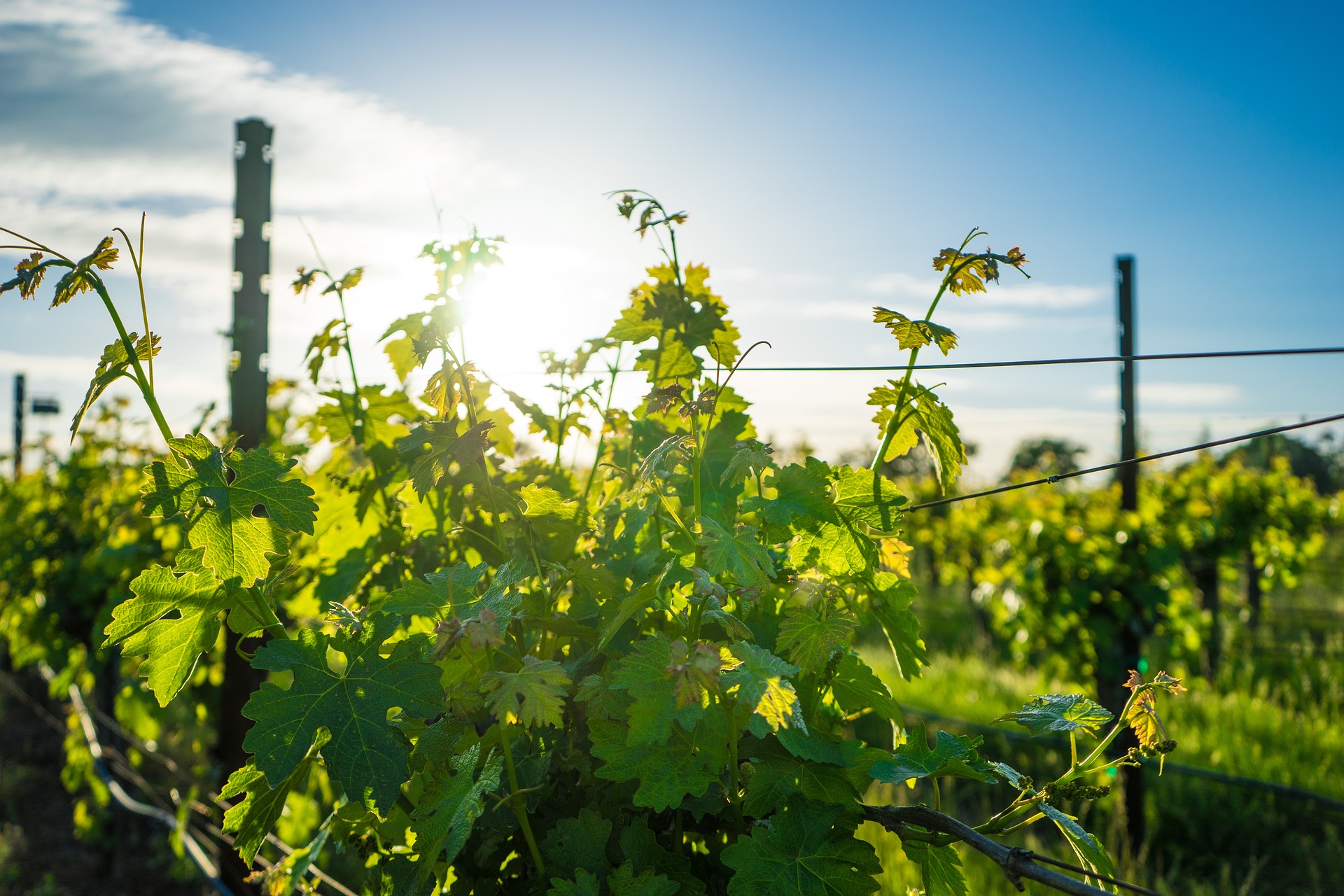California is home to over 4,000 wineries and vineyards. Yet, when most people think of California wine, they only think of the Napa and Sonoma valleys. Clusters of wine regions exist throughout the state, each producing wine as unique as the area that grows it. San Luis Obispo is one of the smaller wine regions located along the central coast. If you were to drive down US 101 without a map, you might not even realize you were passing one of California’s hidden gems. Anyone who loves wine should take a trip to San Luis Obispo.

Unique Growing Conditions
Located between the Pacific Ocean and the Santa Lucia Mountain Range, San Luis Obispo is divided into two wine growing valleys: the Edna Valley and the Arroyo Grande Valley. Both valleys have a unique east-to-west orientation, allowing a continuous supply of sea air to cool the region. This breeze creates a moderate, steady climate that extends the ripening process of the grapes, giving them a full, balanced flavor.
The soil in the area is also unlike any other part of California. It appears that San Luis Obispo is located where the Pacific Plate and the Continental Plate met over 17 million years ago. This collision pushed sandstone, shale, limestone, and marine fossils to the surface. Petrified oyster shells are still commonly found on farms. The proximity to volcanoes and past volcanic activity have also added to the complex composition of the soil.
Many vineyards in San Luis Obispo are classified as region 1, a category reserved for the coolest wine growing regions in the world. This combined with the rough soil creates growing conditions only known to this area. Wine produced from San Luis Obispo has a unique intensity and full-flavor.

Traditions of Value
While production of wine may have increased in San Luis Obispo in the last 30 years, vineyards are far from new to the area. Winemaking dates back to the founding of the first mission in the 18th century. The community has stayed true to its roots through recent growth. There is still a sense of small-town friendliness and the majority of wineries are family-owned.
Almost every winery and vineyard in San Luis Obispo has a Sustainability in Practice certificate. This goes beyond just organic farming practices. It also includes strict standards for habitat conservation, energy efficiency, pest management, water conservation, economic stability, and human resources. This commitment to caring for the environment and community is a cornerstone value of the area.
More Than Just Wine
While we recommend visiting every winery room and tasting room you can while in San Luis Obispo, there is also plenty more to explore. Even though the weather is considered cool by growing standards in the valley, in other parts of San Luis Obispo the weather is usually 70 and sunny. There are hiking, biking, and horseback riding trails as well as kayak rentals and tours. There are a variety of beaches. Some are perfect for relaxing, while others have sunbathing sea lions and coves ready to be explored.
Downtown San Luis Obispo is lined with locally owned shops and restaurants. In a bizarre, but fun rite of passage for visitors, you can stick a piece of chewed gum along the walls of Bubblegum Alley right in the heart of downtown. You can experience history by touring the Mission, take a trolley ride to the Point San Luis Lighthouse, or join in the nightlife of downtown. San Luis Obispo offers an eventful trip for everyone.
The Quick Access Santa Barbara, San Luis Obispo, and Paso Robles map shows the best wineries in the area. Additional information including opening hours and tasting rooms is also included. All Global Graphics maps are easy-to-use and clearly labeled for straightforward navigating.
